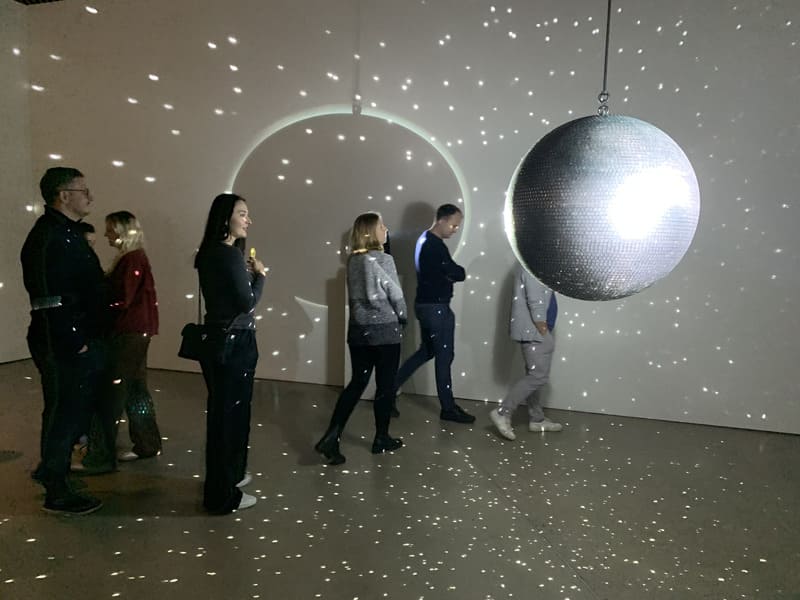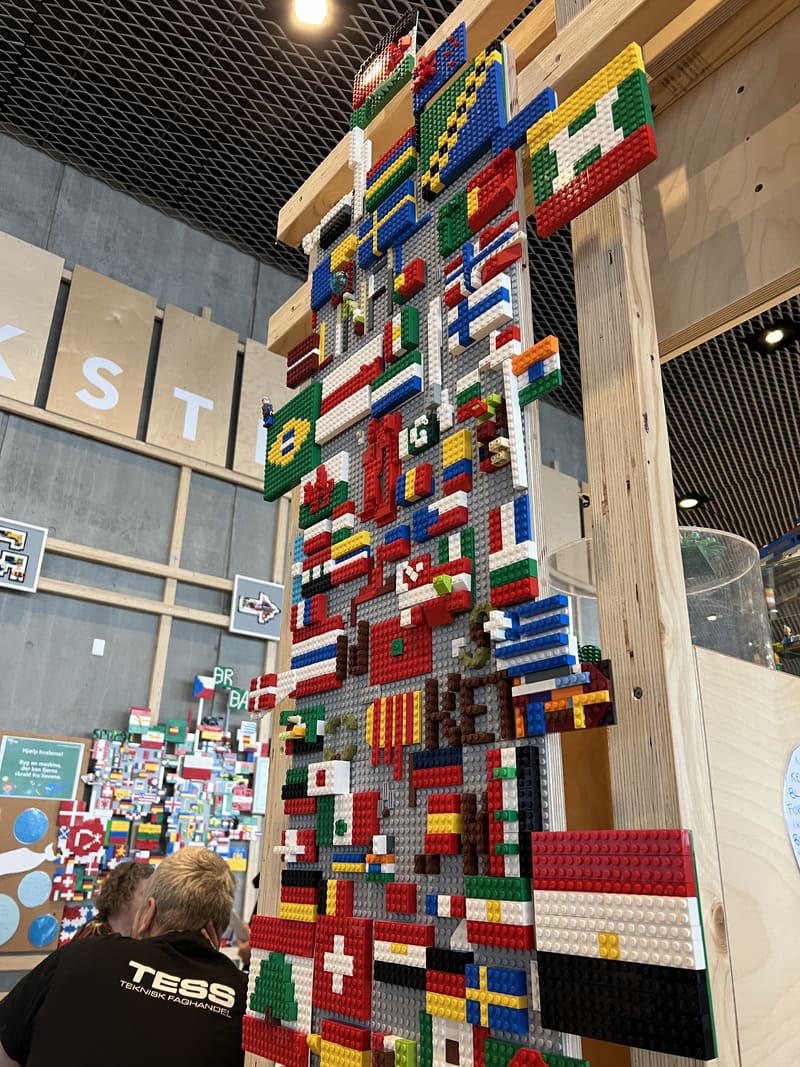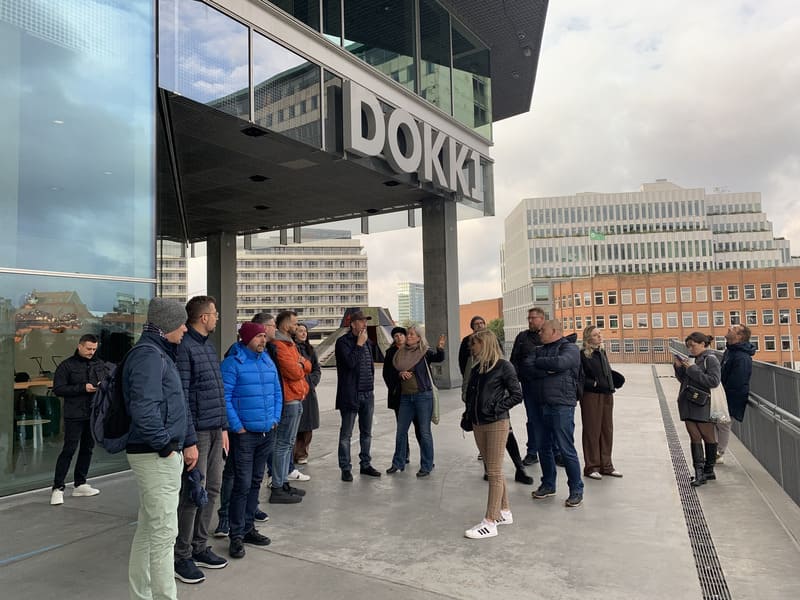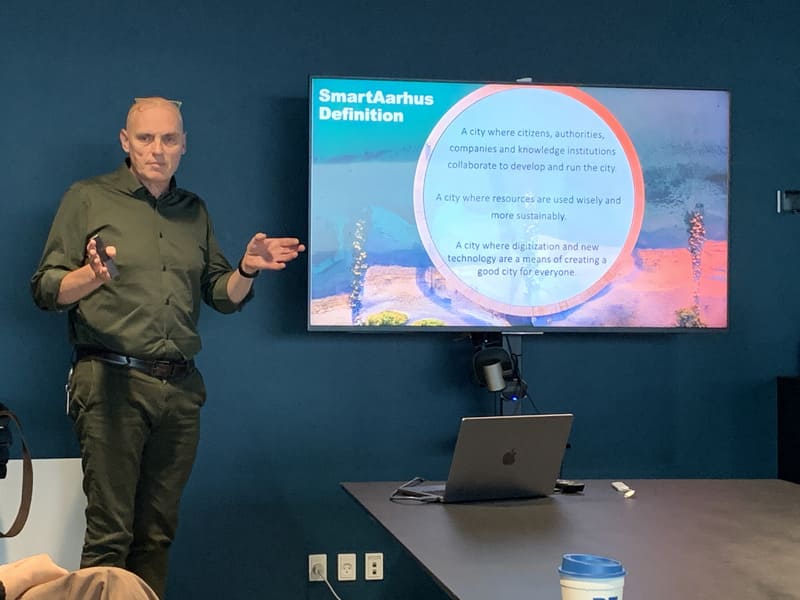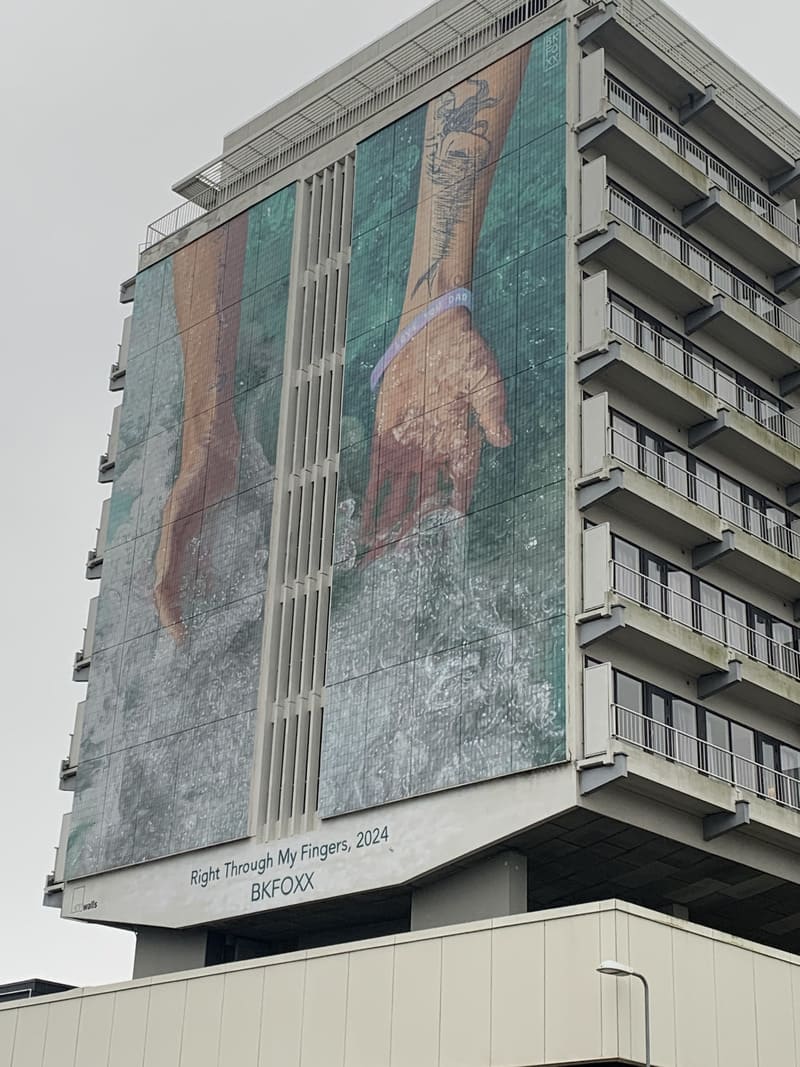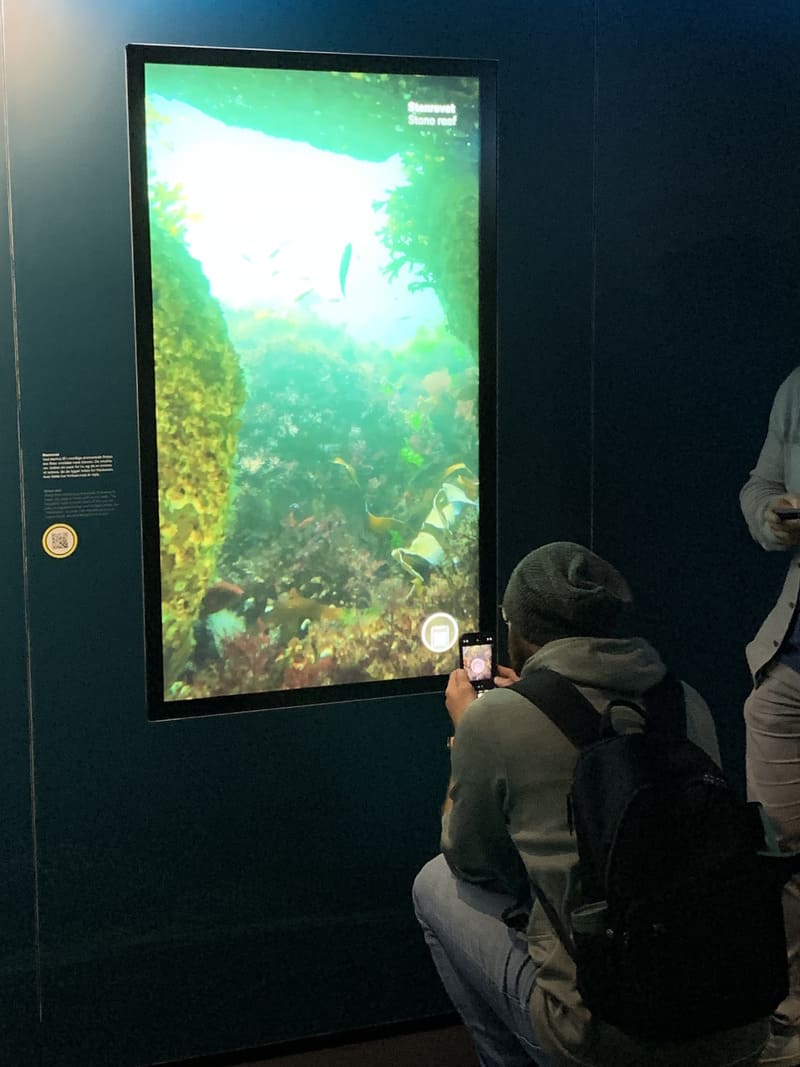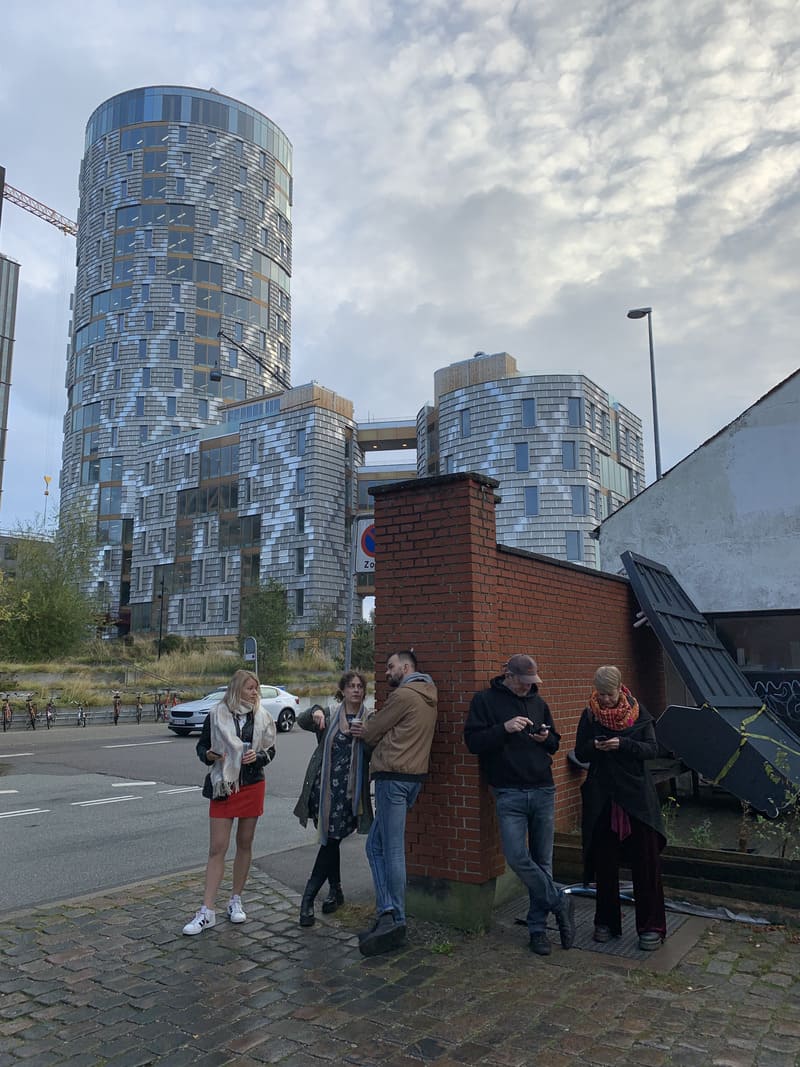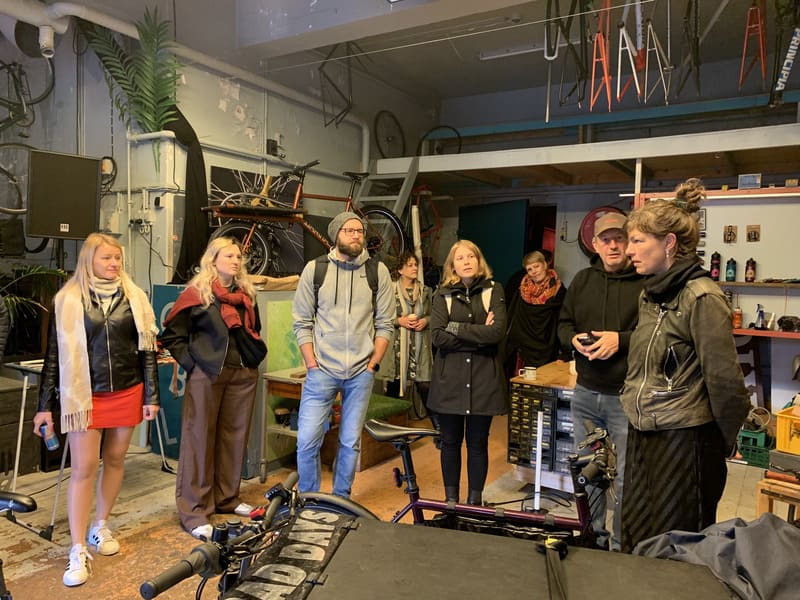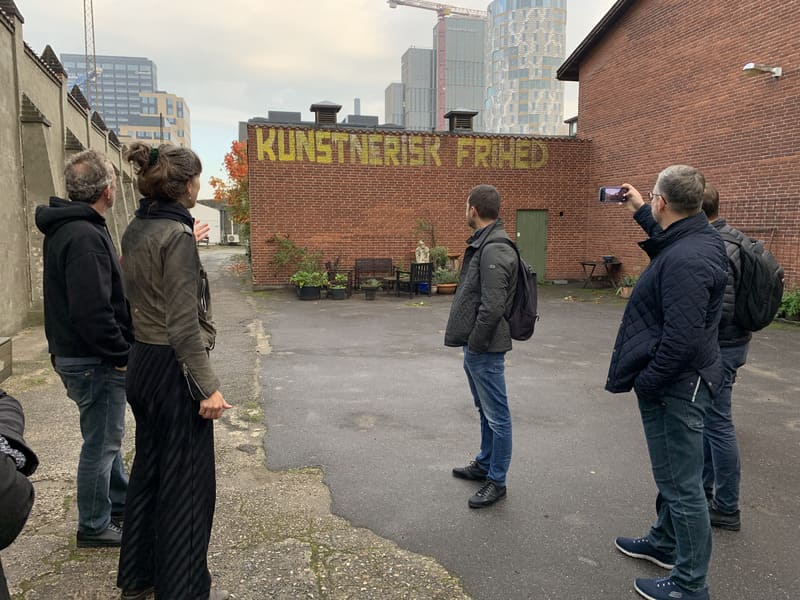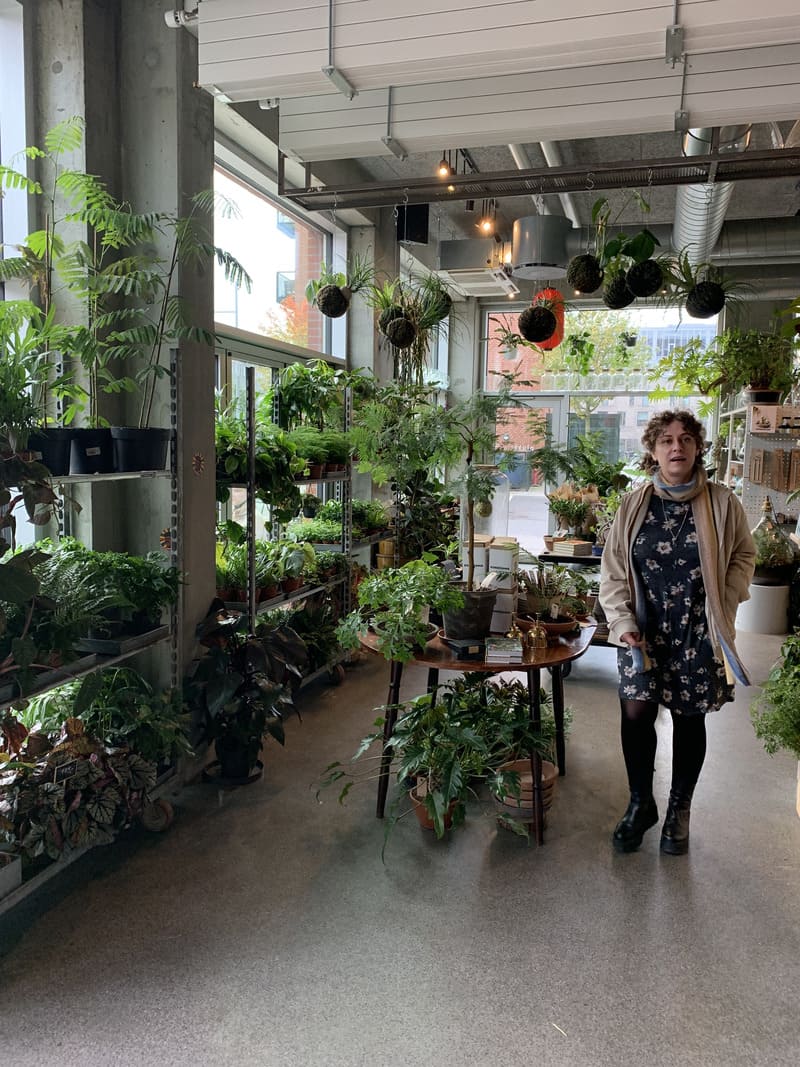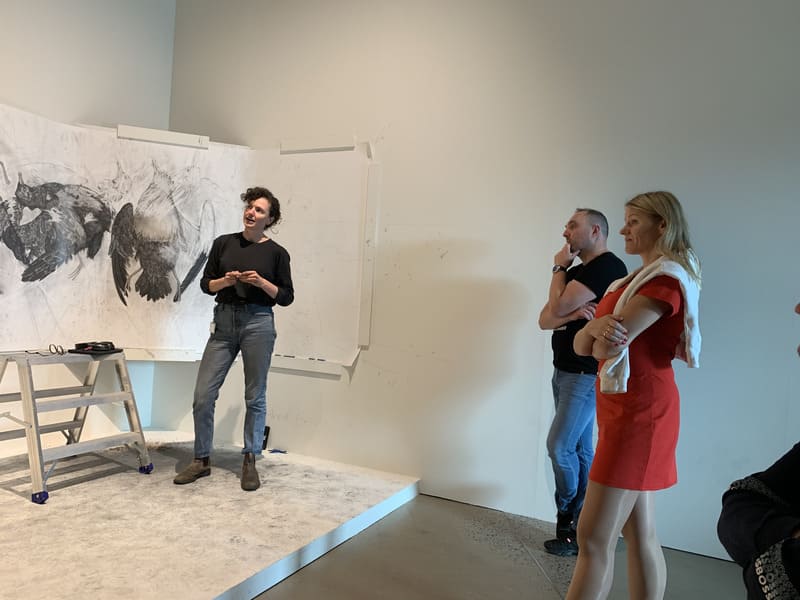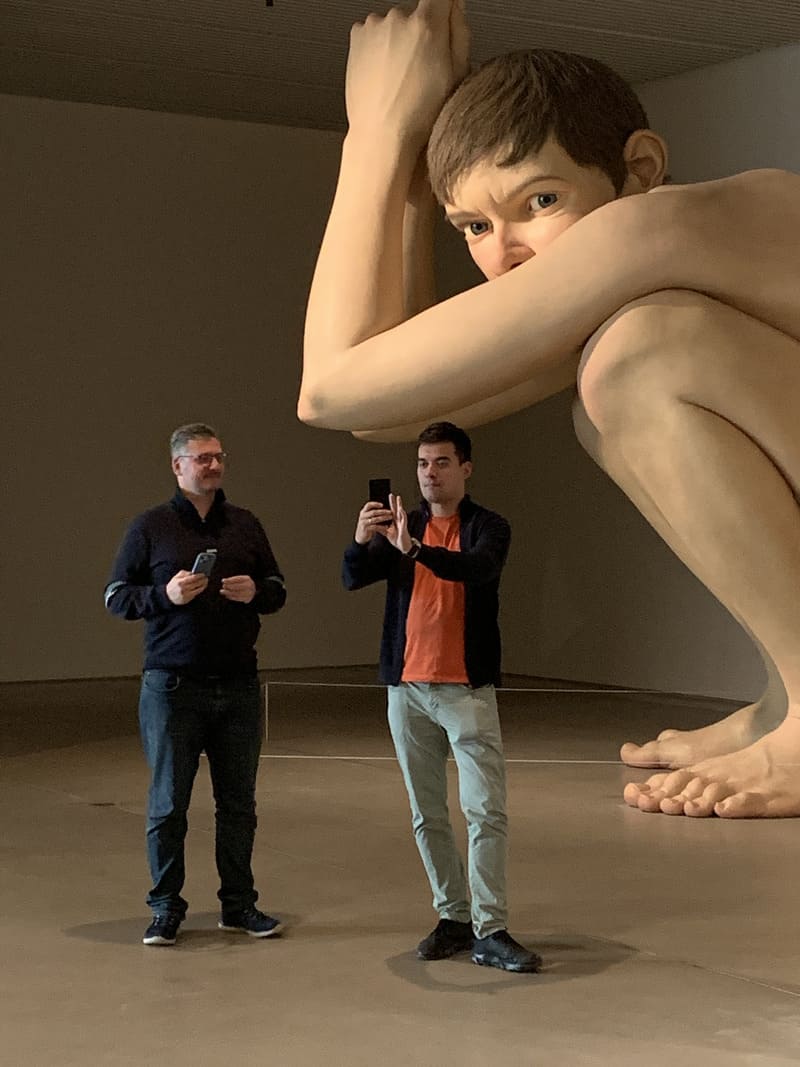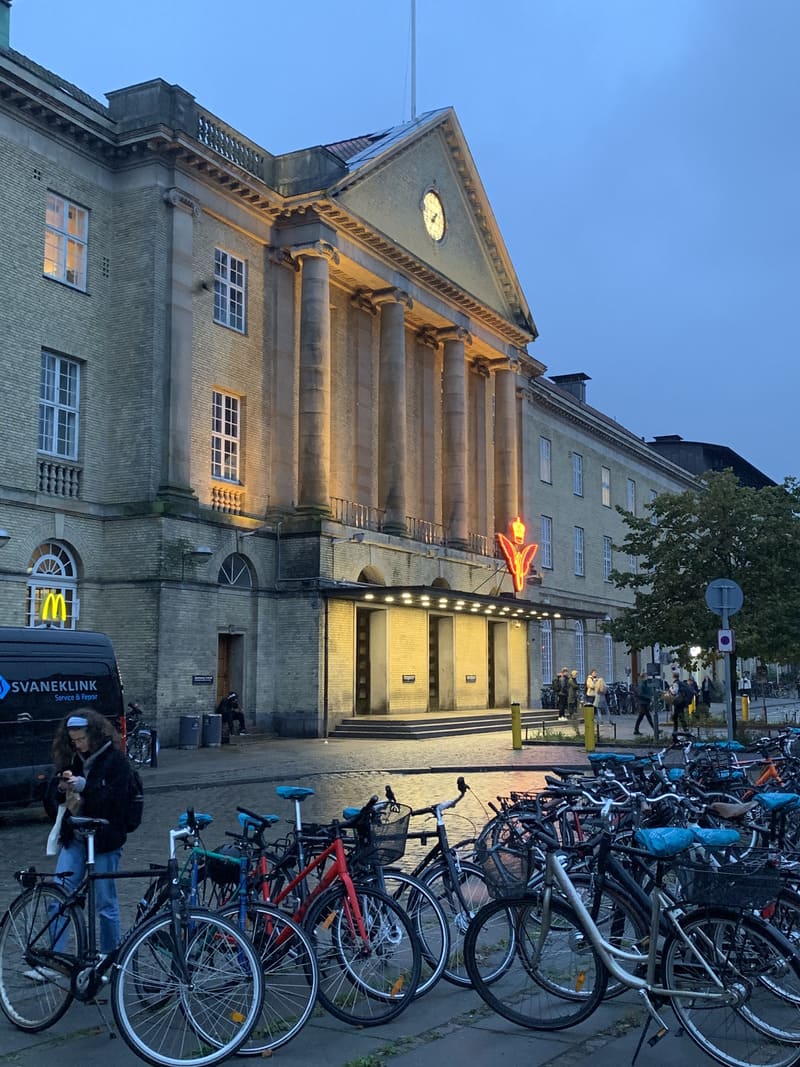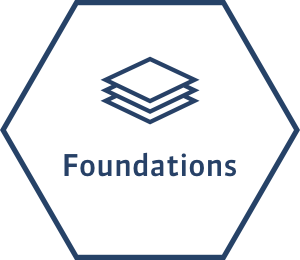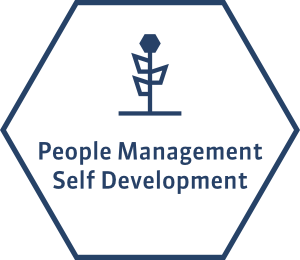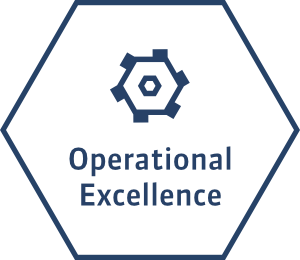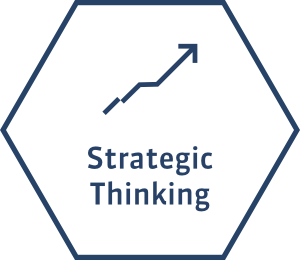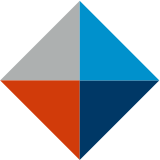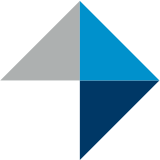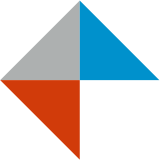Sustainable Aarhus: An Inspirational Safari
As part of the International MBA in Strategy, Program, and Project Management, our trip to Aarhus provided a profound look at a city where sustainability, community engagement, and innovative education blend. Aarhus, often celebrated as one of the happiest cities in the world, emphasizes a collective vision driven by community, creativity, and purposeful innovation aligned with Sustainable Development Goals (SDGs). Our journey encompassed key aspects of this vision, by visiting such places as Dokk1, KAOS Pilot, and Aarhus Ø, each showcasing unique contributions to the city’s ecosystem of sustainability and social innovation.
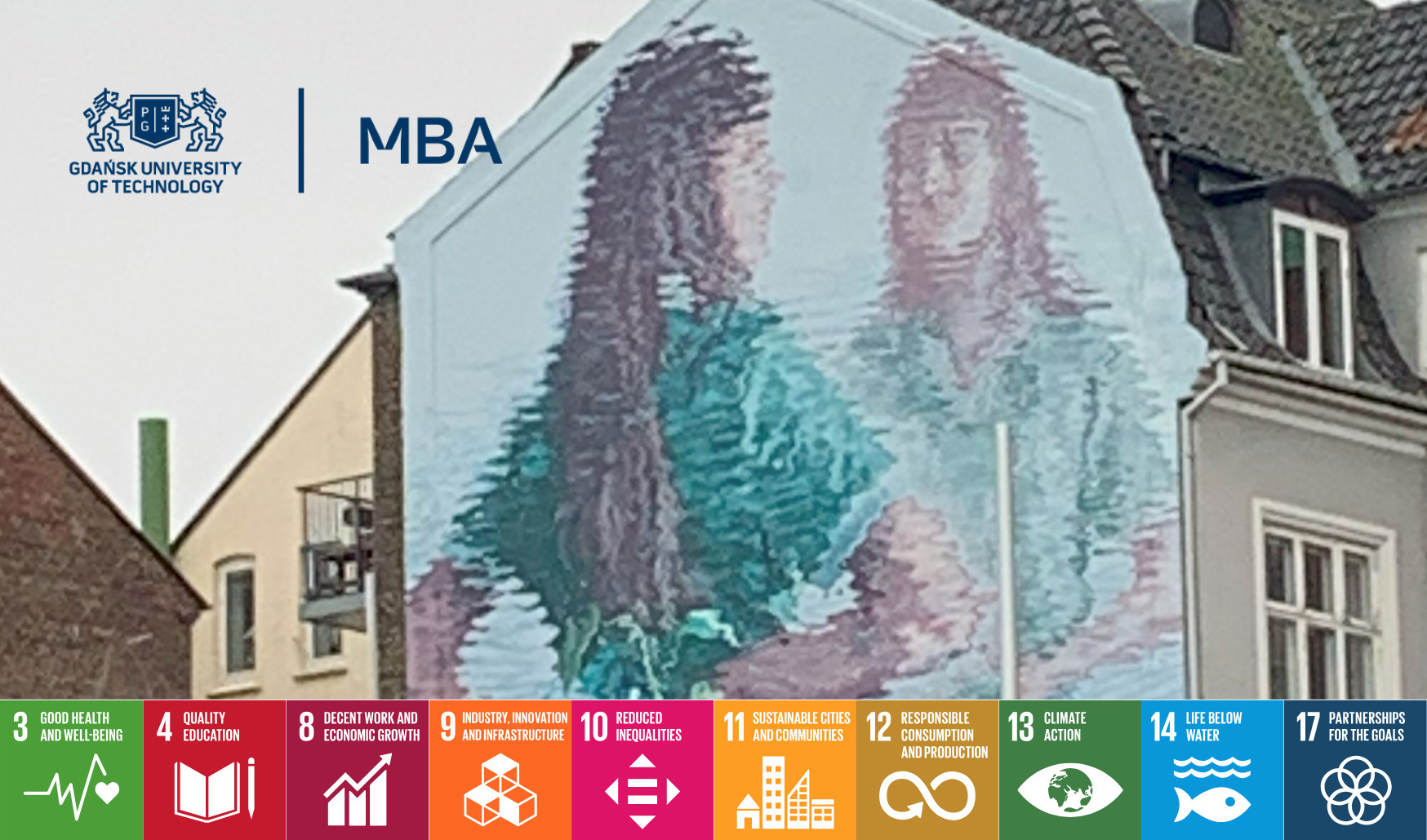
Dokk1 – The Heart of Community and Smart City Development
Our first destination was Dokk1, a cultural and social hub known as “The Library of the Future.” Here, we observed firsthand how Dokk1 embodies SDG 11: Sustainable Cities and Communities. The space is designed as a digital and physical bridge between citizens and city government, fostering a transparent, tech-enabled civic environment where residents actively participate in local governance. Bo Fristed, a leader in municipal digital innovation, described Aarhus’ commitment to being a frontrunner in global library and smart city development. His insights into creating a digital municipality reinforced the city’s commitment to SDG 9: Industry, Innovation, and Infrastructure. Moreover, during the presentation Bo Fristed also emphasized how important is well-being of the community while implementing all innovation-related project, which highlighted the city’s vision to achieve SDG 3: Good Health and Well-being.
We also had the chance to see a unique example of inclusive community involvement at Dokk1 – Coding Pirates. The local volunteers teach children coding and digital skills. This volunteer-driven program demonstrates the city’s dedication to SDG 4: Quality Education and SDG 10: Reduced Inequalities by making digital learning accessible to youth from all backgrounds. Our conversation with Louise Overgaard highlighted how Coding Pirates fosters digital literacy in ways that spark children’s curiosity and creativity.
KAOS Pilot – Redefining Education for Social Entrepreneurship
Continuing the exploration of innovative education, we visited KAOS Pilot, an alternative business school that challenges traditional learning models by blending education, entrepreneurship, and community empowerment. KAOS Pilot’s approach promotes SDG 8: Decent Work and Economic Growth, and SDG 4: Quality Education, focusing on equipping students with entrepreneurial skills that go beyond profit-driven motives to address broader social and environmental needs. Federico Bortoletto emphasized the importance of community-driven projects and experiential learning, both key to building adaptable, socially conscious leaders.
Aarhus Ø and Aarhus Eye – Sustainable Living at the Water’s Edge
On our second day, a tour through Aarhus Ø, the city’s waterfront district, highlighted an impressive commitment to sustainable urban planning and innovation with regard to infrastructure, which represents a way of achieving SDG 9. We encountered Aarhus Eye, a futuristic architectural structure that, despite its location near the water, is designed to withstand flooding, showcasing a resilience that echoes SDG 13: Climate Action. Moreover, while building the Aarhus Eye, additional initiative came into alive – reconstructing and supporting the local stone reef, which also highlights how the city is involved in achievement of SDG 14: Live Under Water.
Aarhus Ø’s public spaces are built around green initiatives, energy-efficient designs, and social equity. Our guide explained the city’s stipulation that 25% of building spaces in new developments must be designated as affordable housing, supporting SDG 10: Reduced Inequalities and SDG 11: Sustainable Cities and Communities.
In Aarhus Ø, we also explored 17 Walls, a project that celebrates the UN’s 17 Sustainable Development Goals through mural art. This initiative is a powerful example of art’s role in raising awareness for global challenges and connecting communities with the SDGs in a visually engaging way.
Sustainable Fashion = Sustainable Consumption
During our Safari, we met with Marianne Ping Huang in Aarhus University’s startup hub, The Kitchen. We learned about the Sustainable Fashion Challenge, an initiative that promotes SDG 12: Responsible Consumption and Production by encouraging eco-friendly fashion choices, useful innovative technologies for the industry, and upcycling practices. Marianne Ping Huang explained the role of universities in pushing sustainable innovation through cross-sector partnerships and the development of circular economy models.
Community Participation
Everywhere we went in Aarhus, cycling was ubiquitous, emhpasizing the city’s commitment to SDG 11 by encouraging low-emission, health-focused transportation. Extensive bike lanes, rental services, and a cycling-friendly infrastructure make biking a practical, environmentally friendly choice for residents and visitors alike. This embrace of sustainable transit, however, is just one facet of Aarhus’s holistic approach to community participation and urban innovation.
Inspiration for future leaders
Throughout our journey, starting from Dokk1, and ending on Rainbow Panorama, we had the opportunity to meet city representatives and community members who shared numerous examples of collaboration between the city, local businesses, and citizens. These stories exemplify how Aarhus prioritizes SDG 17: Partnership for the Goals, fostering relationships that empower diverse groups to contribute to sustainable development. The city’s commitment to partnership and cooperation, alongside smart city strategies, innovative education models, community art projects, and green architecture, makes Aarhus a true blueprint for cities aiming to drive social innovation and sustainable growth.
Our Aarhus Inspirational Safari not only revealed the tangible results of such community-driven initiatives but also highlighted the importance of ecosystem connectivity —encouraging us as future leaders to think beyond traditional boundaries and foster networks that support sustainable change. The city’s ability to bring together people from different sectors to create shared value left us inspired and reminded us of the powerful impact that collaboration and community engagement can have on building a sustainable future.
